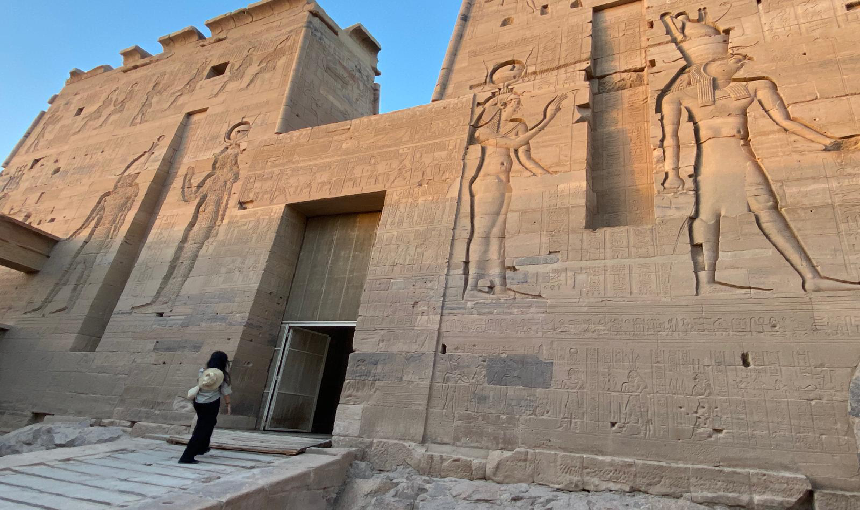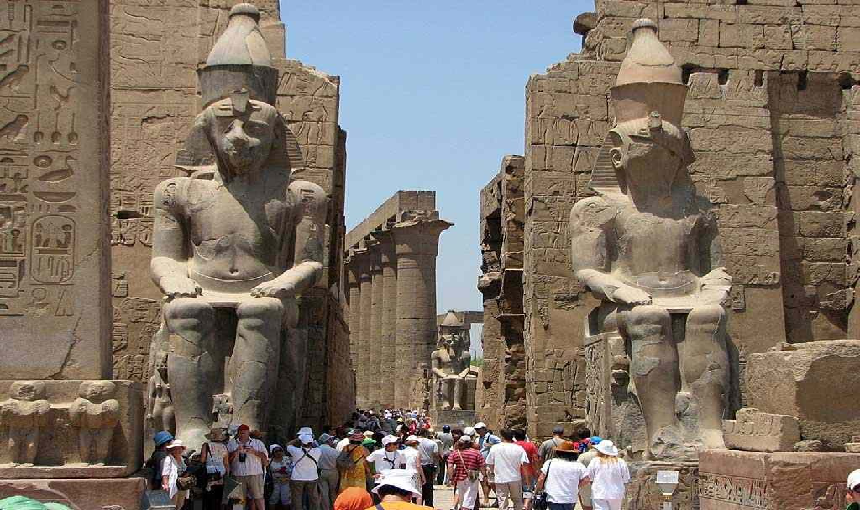Exploring the Majestic Karnak Temples: A Comprehensive Guide
The Karnak Temples, located near Luxor in Egypt, stand as a monumental testament to the grandeur of ancient Egyptian civilization. Covering approximately 100 hectares, this vast complex is one of the largest religious sites in the world and a pivotal part of Egypt’s rich historical tapestry. In this comprehensive guide, we will explore the significance, architecture, history, and must-see features of the Karnak Temples.
The Historical Significance of Karnak Temples
The Karnak Temples, also known as the Karnak Temple Complex, served as a major religious center dedicated primarily to Amun-Ra, the chief deity of Thebes. The site’s history stretches over 2,000 years, from the Middle Kingdom through the Ptolemaic period. It was a major site of worship and pilgrimage, reflecting the evolving religious practices and artistic achievements of ancient Egypt.
Architecture and Layout
The Karnak Temple Complex is renowned for its monumental architecture and intricate artistry. The site is divided into four main sections:
- The Temple of Amun-Ra: The central and largest temple within the complex, dedicated to the god Amun-Ra. It is famous for its colossal columns, impressive hypostyle hall, and towering obelisks. The Hypostyle Hall, with its 134 massive columns, is a highlight of this temple, showcasing the grandeur of ancient Egyptian architecture.
- The Temple of Mut: This temple, dedicated to the goddess Mut, Amun’s consort, is located to the south of the main temple. It features beautifully preserved statues and an impressive entrance.
- The Temple of Khonsu: Dedicated to Khonsu, the moon god and son of Amun and Mut, this temple is notable for its well-preserved wall reliefs and inscriptions.
- The Festival Temple of Thutmose III: Built to celebrate Thutmose III’s victories, this temple features detailed scenes of military campaigns and rituals.
Check the Best Nile Cruises:
- Standard 5 Stars Nile Cruise.
- Deluxe 5 Stars Nile Cruise.
- Luxury 5 Stars Nile Cruise.
- Ultra Luxury 5 Stars Nile Cruise.
- Lake Nasser Nile Cruise.
- Dahabyia Nile Cruise.
- Felucca Adventure Nile Cruise.
- Cairo Dinner Cruise.
Major Attractions and Features
The Hypostyle Hall
One of the most iconic features of the Karnak Temples is the Hypostyle Hall in the Temple of Amun-Ra. Spanning over 50,000 square meters, this hall is characterized by its 134 towering columns, which are adorned with intricate hieroglyphics and reliefs. The grandeur and scale of the hall reflect the architectural prowess of ancient Egypt.
The Obelisks
The Karnak Temples are home to several impressive obelisks, including the ones erected by Hatshepsut and Tuthmosis I. These towering structures, typically covered in hieroglyphic inscriptions, were erected to honor the gods and commemorate significant events.
The Sacred Lake
The Sacred Lake, located near the Temple of Amun-Ra, was used for purification rituals and ceremonial purposes. Its serene waters reflect the surrounding temples and provide a tranquil setting for visitors.
The Great Court
The Great Court, or the Court of the Great God, surrounds an open courtyard with colonnades.
Historical Figures and Construction
The construction of the Karnak Temples spanned several dynasties and rulers, each contributing to the site’s expansion and embellishment. Key figures include:
- Senusret I: Initiated the construction of the temple during the Middle Kingdom.
- Hatshepsut: Contributed significantly to the temple’s architecture, including the construction of obelisks.
- Ramses II: Added numerous statues and inscriptions, enhancing the temple’s grandeur.
- Thutmose III: Expanded the temple complex and built the Festival Temple.
The Modern-Day Experience
Today, the Karnak Temples are a UNESCO World Heritage site and a major tourist destination. Visitors can explore the sprawling complex, marvel at the intricate carvings, and experience the awe-inspiring scale of ancient Egyptian architecture. Guided tours and informative displays provide valuable insights into the history and significance of the site.
Practical Tips for Visitors
- Best Time to Visit: The cooler months from October to April are ideal for exploring the temples.
- Guided Tours: Consider hiring a knowledgeable guide to enhance your understanding of the site’s history and significance.
- Dress Code: We recommend wearing modest clothing and comfortable walking shoes for exploring the extensive grounds.
- Photography: Be mindful of the site’s photography policies and respect the cultural heritage.
The Karnak Temples stand as a monumental legacy of ancient Egyptian civilization, offering a glimpse into the grandeur and religious fervor of the past. From its awe-inspiring Hypostyle Hall to the majestic obelisks and sacred lake, the Karnak Temples are a must-visit destination for history enthusiasts and travelers alike. As you explore this extraordinary site, the rich tapestry of ancient Egyptian culture will immerse you, and you will witness the enduring marvels of one of the world’s greatest archaeological treasures.
Don't miss checking our other Egypt Nile Cruises




